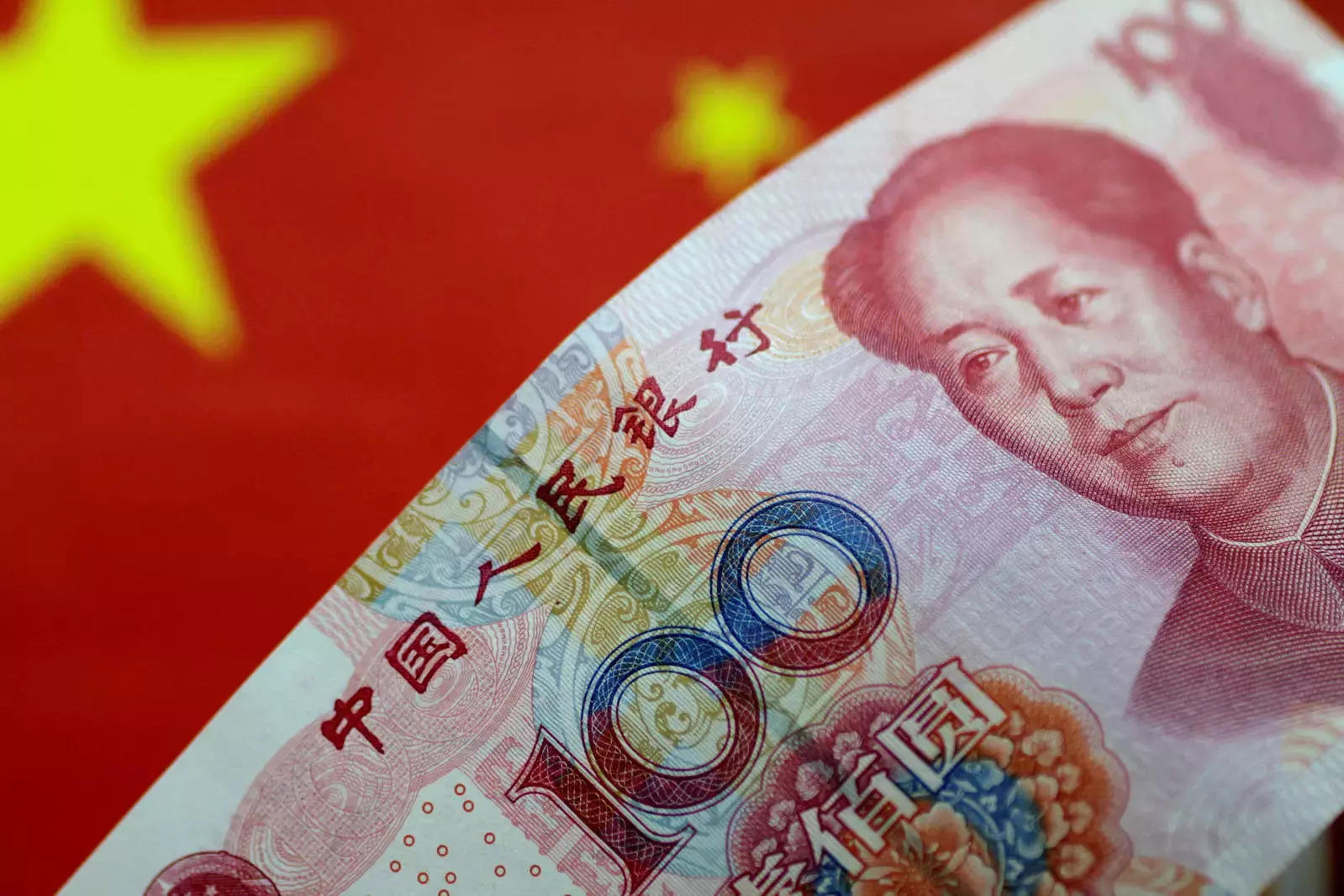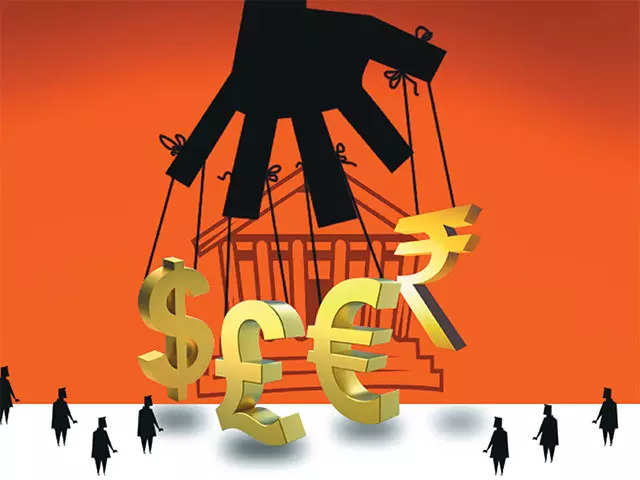China’s economic slowdown, which started in April, 2023, is a clear indication that the country’s post-Covid recovery is running out of steam. Concerns for the world’s second largest economy has further intensified last month after the country reported weaker than expected economic activity data for July.
This was accompanied by news that Beijing would no longer publish youth unemployment data. Declining property sales, retail sales, industrial output and investment also failed to match expectations, fuelling concern over a deeper, longer-lasting slowdown in growth. So much so, that the US President Joe Biden called it a “ticking time bomb” in a recent speech.
According to reports, China, in the first week of August also entered deflation for the first time since 2021 — the latest indicator pointing to a slowdown in the world’s second-largest economy.
The series of gloomy figures in recent weeks has ramped up pressure on officials to introduce a vast economic recovery plan, but it seems unlikely to happen.
Given this backdrop, ETBFSI did a deep dive to understand the sheer scale of China’s economic slowdown and how this is and could impact the world.
Why is China’s economy collapsing?
After a rapid spurt of activity earlier this year following the lifting of Covid lockdowns, growth is stalling. Consumer prices are falling, China’s a real estate crisis is deepening and exports are in a slump, not to mention the record low unemployment looming over the country.
Remaining highly dependent on exports, China is often described as “the workshop of the world”, however, recession gears in the US and Europe, combined with spiking inflation, has weakened global demand for Chinese products.
Country’s exports slumped 14.5 percent year-on-year — the biggest drop in more than three years.
Another major problem is the debt incurred by local government, which has risen largely due to a sharp drop in land sale revenues because of the property downfall, as well as the lingering impact of the cost of imposing Covid-19 lockdowns.
In a country like China, property has long been seen as a safe bet for middle class seeking to grow their wealth. Yet financial woes at a large number of developers, many of whom are now struggling to stay afloat, are fuelling a crisis of confidence among potential buyers and depressing prices.
With population and demographic related challenges, the decline in labor supply and increased healthcare and social spending could also further lead to a wider fiscal deficit and higher debt burden. A smaller workforce could also erode domestic savings, resulting in higher interest rates and declining investment.
Investors are also losing patience now with what they see as incoherent, slow and stingy measures by the government to revive its collapsing economy and disable a deepening property crisis.
Global investors are fleeing China. The country’s CSI300 index of blue-chip stocks has tumbled more than 9% in the past two weeks as foreigners pulled out 78 billion yuan ($10.73 billion), in their longest selling streak since 2015.
What is going on with Chinese Yuan?
As Beijing continues to fail in reviving the economy, China’s offshore yuan is headed for an all-time low. As per a latest Bloomberg survey, the yuan’s internationally-traded version is all set to hit 7.6 against the dollar by the year end.
The currency has already depreciated 5%, to around 7.3 per greenback, since January that places the yuan among the worst performing currencies in Asia.
Unlike like the onshore counterpart, for which the the People’s Bank of China determines a narrow trading rate each day, the offshore yuan is used by investors and businesses outside of mainland China, and is less restricted by governmental controls. According to reports, the offshore market will behave more like a free floating exchange.
What’s the future GDP forecast for China?
With the current trends, China’s economic slowdown is expected to moderate further and miss the growth target of 5.5% this year, coming as an embarrassment for the current Chinese leadership of Xi Jinping.
The official GDP target for 2023 has been slashed to just 5% in March, responding to signs of stuttering growth by cutting stamp duty taxes, loosening housing market restrictions, and slashing several key interest rates.
According to forecasters, China’s economic nightmare is unlikely to end anytime soon, and major global players like Goldman Sachs, S&P, JP Morgan, Citi and more have cut their growth expectations for both this year and next.
Also Read: Watching China situation closely, but focused on ‘India’s Moment’, says FM Sitharaman
An analysis from the International Monetary Fund (IMF) shows how much is at stake. Putting in context, a 1% point growth rate for China, boosts the global expansion by about 0.3% points.
How is China’s economic slowdown affecting the world?
The second largest economy, which was meant to drive a third of global economic growth this year, has fallen into a dramatic slowdown over the months sending ripples across the globe. Policymakers are bracing for a hit to their economies as China’s imports of everything from construction materials to electronics have declined.
Taking the biggest hit to their trade so far are Asian economies besides countries in Africa. Last month, for the first time in two years, Japan’s exports dropped after China cut back on purchases of cars and chips. Central bankers from South Korea and Thailand last week cited China’s slouched recovery for downgrades to their growth forecasts.
However, the silver lining here is that China’s slowdown will drag down global oil prices, and deflation in the country means the prices of goods being shipped around the world will fall. Beneficial for countries like the US and UK still battling high inflation, emerging markets like India also see opportunities, hoping to attract the foreign investments leaving China’s shores.
A seperate study by bloomberg showed that, the depreciation in the offshore yuan is having a greater impact on its peers in Asia, Latin America and the Central and Eastern Europe bloc, with the correlation of the Chinese currency to some others rising. The weak sentiment spillover may weigh on currencies like the Singapore dollar, Thai baht, and Mexican peso as well, Barclays Bank Plc added.
Currencies of commodity-led economies, such as the Chilean peso and South African rand, may suffer due to weakness in the construction sector. While, the Australian dollar, which often traded as a proxy for China, has also lost more than 3% this quarter.
Is China’s economy expected to get better soon?
Unlike the global financial crisis in 2008-09 and during a capital outflow scare in 2015, from which China came out with a shock boost to infrastructure investment and by encouraging property market speculation, among other measures, now the infrastructure upgrades have created too much debt, and the property bubble has been burst.
Posing risks to financial stability, whether China bounces back largely depends on whether it can convince households to spend more and save less, and whether they will do so to such an extent that consumer demand compensates for weaknesses elsewhere in the economy, reports said.













